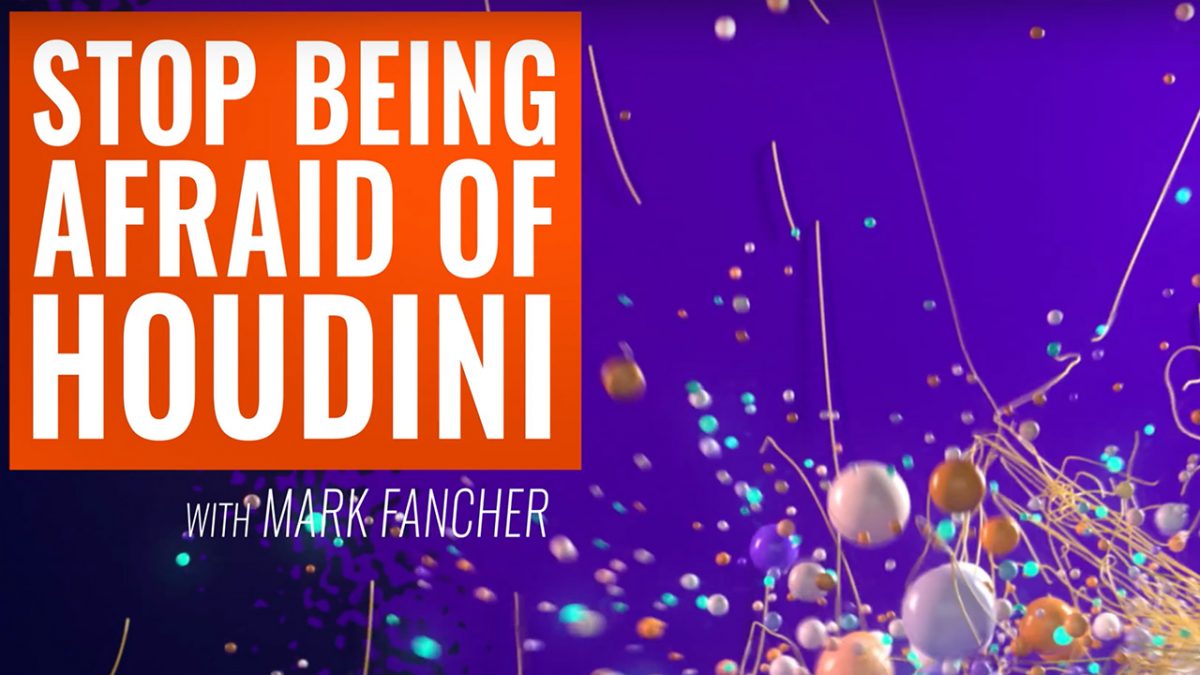

With regard to UI cosmetics, the most obvious addition is the availability of the 'Houdini Dark' color scheme, which is a little easier on the eyes and was a commonly downloaded color scheme file with version 9. Previously it was not uncommon to use a third party text editor to load when using the alt+e shortcut, this may do away with that necessity. This has now been bestowed with a plethora of new tools, such as code indenting, designating comments, undo/redo and search and replace. Another noteworthy upgrade is an overhaul to the default alt+e expression editor. The introduction of post-its to enable the user to more easily comment their networks and an upgrade to netboxes, which can now be placed inside one another, are also useful additions. These are small tweaks, but with the advent of large networks undoubtedly useful time savers. Other enhancements include automatic selection of parent or children nodes when a node is clicked on while simultaneously holding shift or ctrl respectively. Watch a tutorial of the Motion FX advances in Houdini 10. Nodes will now automatically wire together if placed between two other wired nodes and will also disconnect from nodes when shaken. Central to these features is node behavior akin to Shake. New features to the network editor have been made which will help to address this and make the process more efficient. Whereas this process can be automated through the use of H-script and now HOM, this requires scripting knowledge that many users may not have. In Houdini much time is spent wiring and manipulating nodes. These efforts focus mainly on improving work flow, refinement of the new dynamics features of 9 and a more solid establishment of Houdini's Python integration via the Houdini Object Module (HOM), with a more complete implementation of commands and more comprehensive documentation. The answer is, in contrast to 9's substantial changes, consolidation and optimization. Many studios that use Houdini on large feature effects, and feature animation projects develop libraries of procedures that can be used to automate generation of many of the elements for that film with almost no artist interaction.Dean Grubb tests the new Houdini 10, which offers Motion FX, an enhanced Python and a few more cool features.Īfter the dramatic UI overhaul and dearth of new features seen by the progression from version 8 to version 9 of Side Effects Houdini, many industry professionals will be keen to see what's in store for its imminent version 10 incarnation. In large productions, the development of a procedural network to solve a specific element creation challenge makes automation trivial. The overhead involved in acquiring this repertoire of algorithms is offset by the artistic and algorithmic flexibility afforded by access to lower level building blocks with which to configure shot element creation routines. Successful users are generally familiar with a large repertoire of networks (algorithms) which achieve standard creative outcomes. It is one thing to know what all the nodes do – but the key to success with Houdini is understanding how to represent a desired creative outcome as a network of nodes. This has led to a higher learning curve than other comparable tools. Houdini's set of tools are mostly implemented as operators. Plugin Development – development libraries for user extensibility.Compositing – full compositor of floating-point deep (layered) images.

Volumetrics – With its native CloudFx and PyroFx toolsets, Houdini can create clouds, smoke and fire simulations.Rendering – Houdini ships with its native and powerful rending engine Mantra, but the Houdini Indie licence (Houdini version for indie developers) supports other 3rd party rendering engines such as: Renderman, Octane, Arnold, Redshift, V-ray, Maxwell(soon).



 0 kommentar(er)
0 kommentar(er)
